Are you fascinated by the diversity of cat breeds and would like to learn more about them?
It can be overwhelming to understand the differences and peculiarities of each breed.
In this guide you will learn everything you need to know about the different cat breeds, from their historical origins to specific care instructions.
We'll cover breed classification, ethical breeding concerns, grooming different coat types, and more to help you find the perfect cat breed for your home.
The historical origin of the cat breed s

The emergence of cat breeds is a fascinating chapter in the history of domestication. Originally descended from the wild Felis silvestris, humans began to breed cats thousands of years ago. This breeding focused on specific characteristics such as coat color, length and even temperament. While in Egypt the veneration of cats led to the breeding of particularly graceful animals, unique breeds also developed independently in Asia and Europe.
In the 19th century, systematic breeding of cat breeds really took off. With the increasing popularity of cat shows, new breeds emerged through targeted cross-breeding and the selection of mutations. Some of the breeds known today, such as the Siamese cat or the Persian cat, have their roots in this period. The development of breed standards and the establishment of breeder associations further helped to standardize the appearance and characteristics of the various breeds.
Systematics of the cat breed s
The system of cat breeds is based on a classification that takes into account both morphological and genetic aspects. Historically, cats were divided into a few genera, but modern research has led to a more differentiated classification. Today we recognize up to 14 different genera within the cat family, which are divided into numerous breeds. This systematic classification helps to understand and categorize the enormous diversity of cat breeds worldwide.
Ethical concerns in the breeding of cat breeds
The breeding of cat breeds often raises ethical questions, especially when it comes to the deliberate development of certain aesthetic characteristics. These can sometimes lead to health problems in the animals, such as Persian cats, which often struggle with respiratory problems. It is important that the health and well-being of the animals always takes priority.
Here are some points to consider:
- Health should always come before beauty : breeding should not compromise the health of the animals.
- Breeders’ responsibility : Breeders should act ethically and put the welfare of the animals first.
- Buyer education : Potential cat owners should be informed about the possible health problems associated with certain breeds of cats.
Shorthair cats – overview and characteristics

Short-haired cats are characterized by their short, close-fitting fur, which requires less care than that of long-haired breeds. This characteristic makes them particularly popular with people who have little time for grooming or who fear allergies to cat hair.
The most well-known short-haired cats include breeds such as the Bengal, the British Shorthair and the Devon Rex. These cats are not only known for their shiny fur, but also for their lively and sociable characters.
Semi-longhaired cats and their characteristics
Semi-longhaired cats, such as the British Shorthair and the Bengal, have a semi-long coat that offers a mix of ease of care and aesthetic appeal. Their coat feels plush and requires regular, but not excessive, grooming.
These cats are often very even-tempered and friendly, making them ideal pets for families or individuals. They are known for their hardiness and gentle nature, making them a loyal companion in many households.
Long-haired cats – care and special features

Long-haired cats, such as Persian cats, require intensive care to keep their fur beautiful and healthy. Regular brushing is essential to prevent matting and hairballs.
In addition to grooming, a balanced diet is crucial for the health of the coat. High-quality cat food that is rich in essential fatty acids can help keep the coat shiny and supple. In addition, special nutritional supplements such as fish oil or vitamin preparations can support the cat's well-being.
How do I find the right cat breed?

Choosing the right cat breed depends largely on your personal circumstances and preferences. Think about how much time you can spend each day caring for and playing with the cat. Your living space also plays an important role: Do you have enough space or do you live in a small apartment?
Here are some important factors to consider:
- Space : Large breeds like the Maine Coon require more space and exercise.
- Time for grooming : Long-haired cats like the Persian cat need regular grooming.
- Activity level : If you are often on the go, a less active cat breed may be a better fit.
Also consider the long-term commitments associated with different cat breeds. Some breeds can have genetic health issues that can lead to higher veterinary costs. Do your research and choose a cat breed that not only meets your needs, but can also live a healthy and happy life with you.
Understanding the basic needs of cats
Cats, regardless of breed, have certain basic needs that must always be met in order to lead a healthy and happy life. These include fresh air and clean water, a balanced diet, security, opportunities for physical activity and mental stimulation, and a clean and safe place to sleep. These needs are the basis for the well-being of every domestic cat and should be taken seriously by every cat owner.
The body structure of cats and its variability
Cats are known for their elegance and agility, which is largely due to their unique physical structure. They have a skeleton with around 240 bones and an extremely flexible spine that allows them to move quickly and quietly. This is particularly useful for hunting, although many cats now live as pets.
However, the body structure of cats can vary greatly depending on the breed:
- Short-haired cats like the Bengal are often more muscular and agile.
- Long-haired cats like Persians often have a stockier build.
- Breeds such as the Siamese cat have a slimmer and longer body shape, giving them an aristocratic appearance.
The Functions of Cat Paws

Cat paws are truly multifunctional tools and offer a variety of functions that go beyond simple locomotion. They are not only responsible for grasping and holding objects, but also for grooming and marking their territory. The paw pads serve as sensitive tactile organs that sense vibrations and thus assist in hunting. In addition, the sweat glands between the toes help mark territory, which is crucial for communication with other cats.
Cats and Superstition – Separation of Myth and Reality
Throughout history, cats have often been associated with superstitions and myths , particularly the idea that they bring bad luck. These beliefs mostly arose from ignorance and fear of the unknown. For example, in the Middle Ages, black cats were believed to be associated with witchcraft. Today we know that such beliefs are baseless:
- Scientific evidence shows that cats do not have supernatural powers.
- Historical research explains how such myths came about.
- It is important that we move away from these old prejudices and treat cats based on facts rather than superstition.
The most popular cat breeds worldwide

Cats are not only fascinating pets, but they also come in many different breeds around the world. Each breed has its own unique characteristics that make them special. The most popular cat breeds around the world include the Persian, known for its long, luxurious coat, the Maine Coon, which is impressive for its size and friendly nature, and the Siamese, known for its striking blue eyes and talkative nature.
Other very popular breeds include the Ragdoll, often described as being particularly gentle and laid-back, the British Shorthair with its thick, plush coat, and the Norwegian Forest Cat, known for its hardy appearance and ability to adapt to cold climates. These breeds are valued worldwide not only for their looks, but also for their unique personalities and ability to form strong bonds with their owners.
cat breeds for special needs
If you have specific needs in a cat, whether due to allergies or an active lifestyle, there are certain breeds that may be a better fit for you. For example, Siamese cats and Russian Blues are known for their lower allergen load, making them ideal for allergy sufferers. For people who are on the go, a Bengal cat with its high energy level could be a good choice.
There are also breeds that are particularly well suited to families with children due to their calm and patient nature, such as the Birman or the British Shorthair . If you live in an apartment and are looking for a cat that is happy with less space, smaller breeds such as the Singapura or the Devon Rex might be of interest to you. In addition to being adaptable, these breeds are also known to cope well with indoor life.
How Flappie can revolutionize your cat care
Imagine coming home and no longer having to worry about unwanted "gifts" from your cat. That's exactly what the intelligent cat flap from Flappie makes possible. It detects whether your cat is coming home with prey and prevents it from entering. This keeps your home clean and free of unpleasant surprises.
The advantages of Flappie are clear and varied:
- Selective access control that only allows your cat without prey to enter.
- Prey detection by camera with AI technology.
- An app that allows you to remotely control the cat flap, with notifications and insights into your cat's life. Visit Flappie to learn more and revolutionize your cat ownership.
Frequently Asked Questions
What breed of cat is there?
There are many different cat breeds that vary in size, coat length and personality. Some examples are short-haired cats such as Bengal and British Shorthair, semi-long-haired cats such as British Shorthair and Bengal, and long-haired cats such as Persian. Each breed has its own unique characteristics and traits.
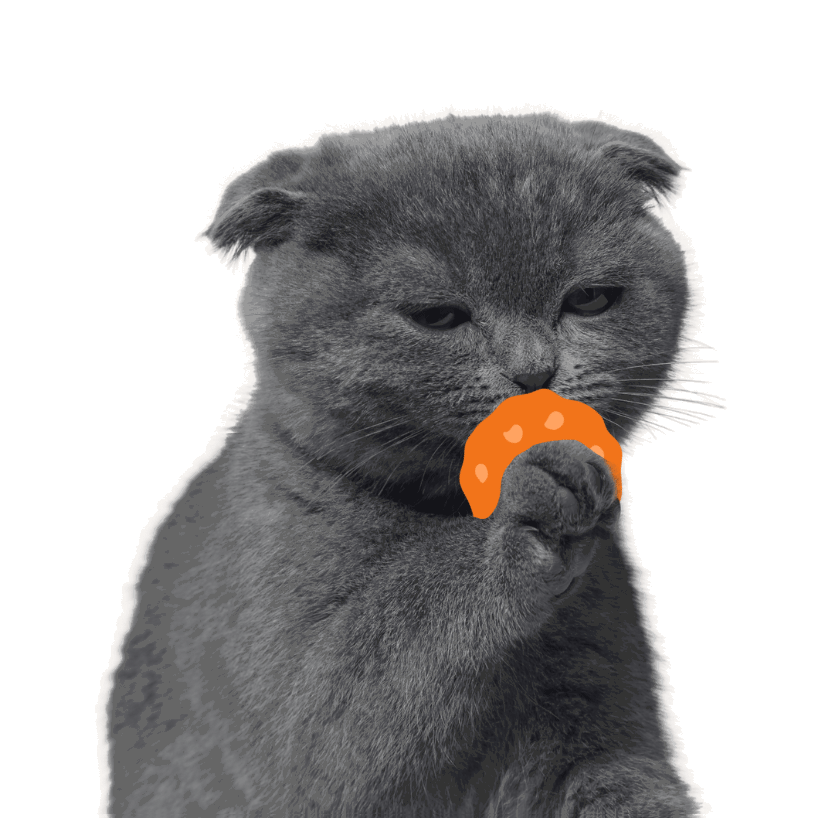
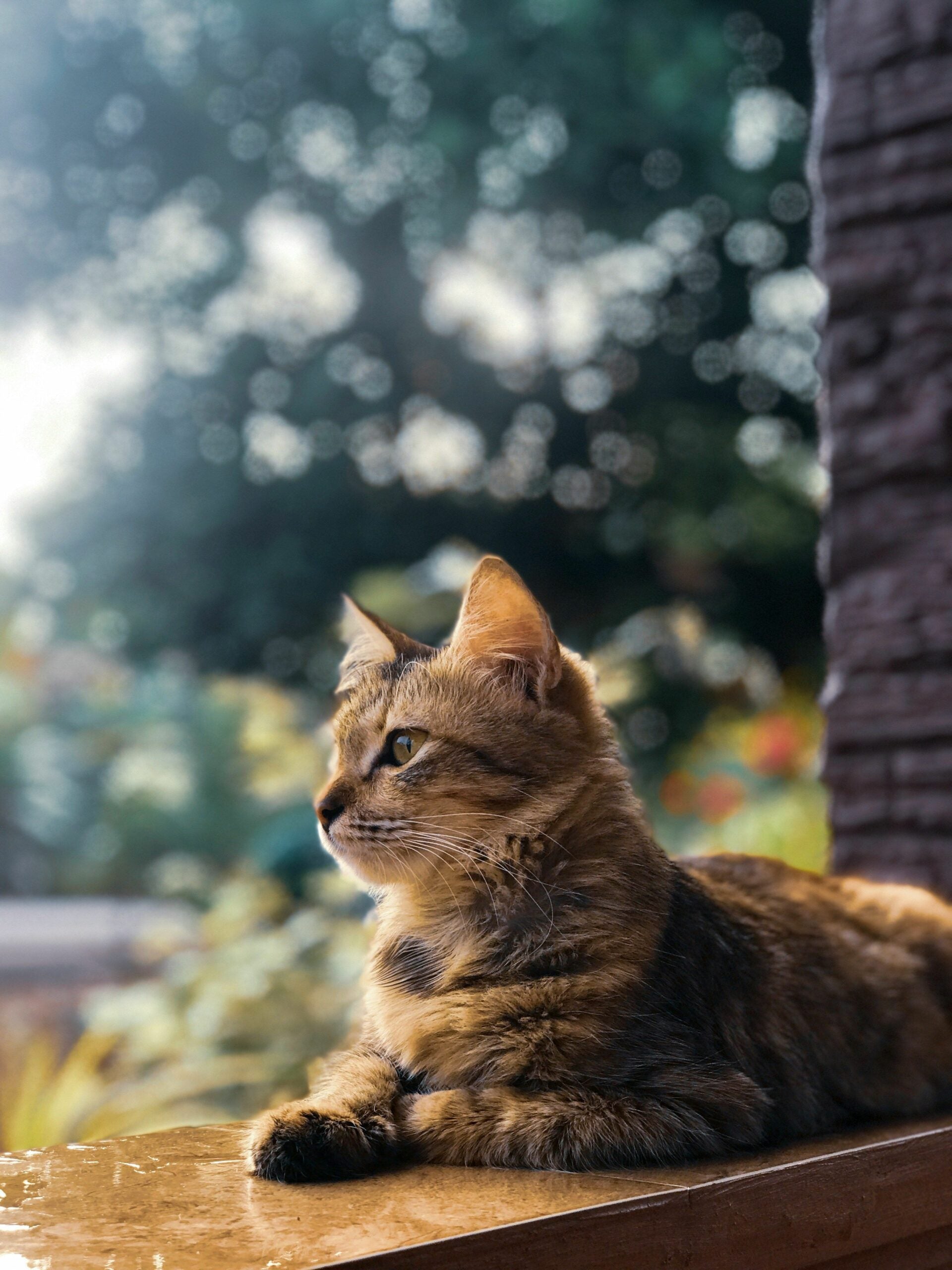
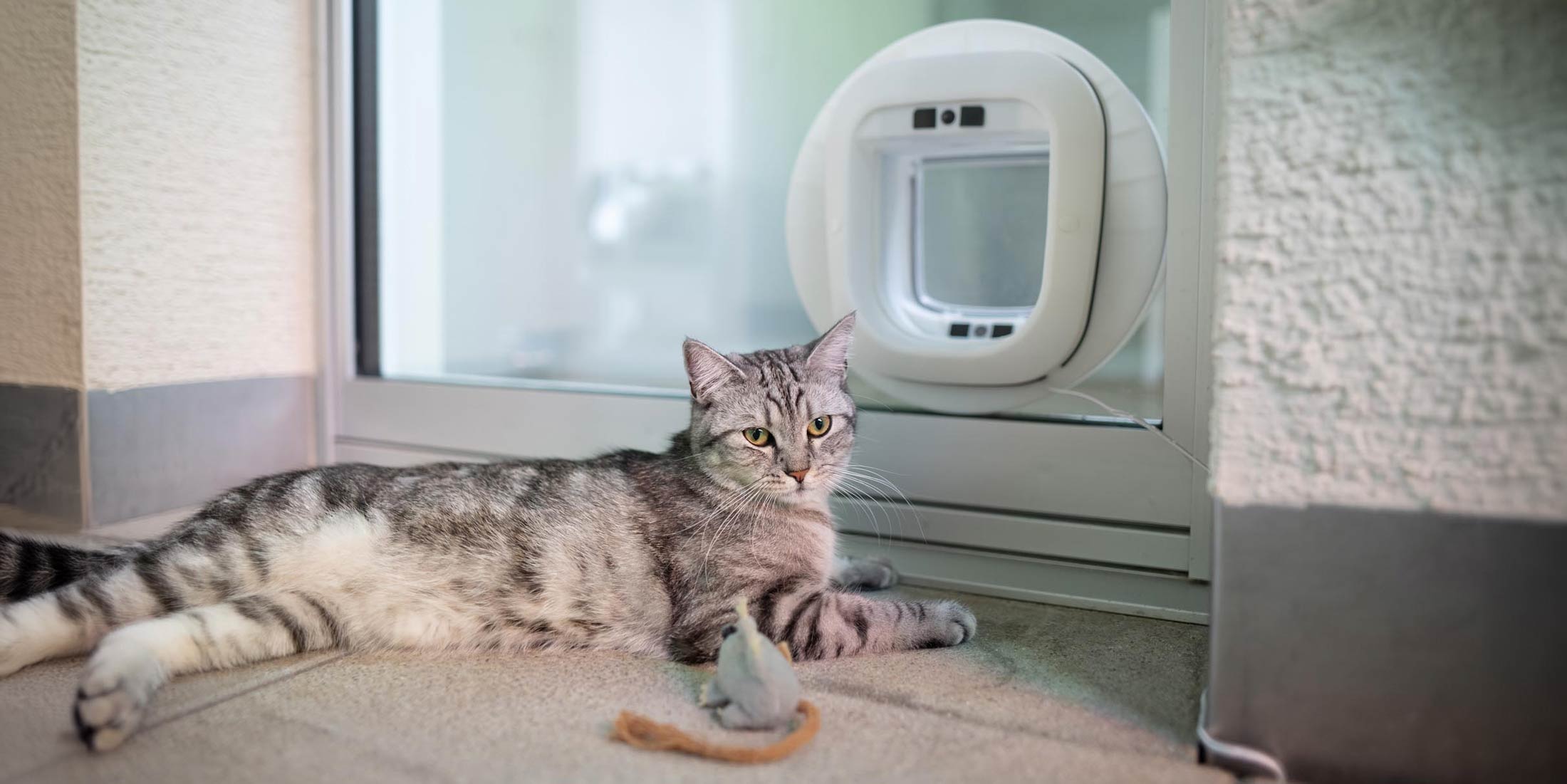
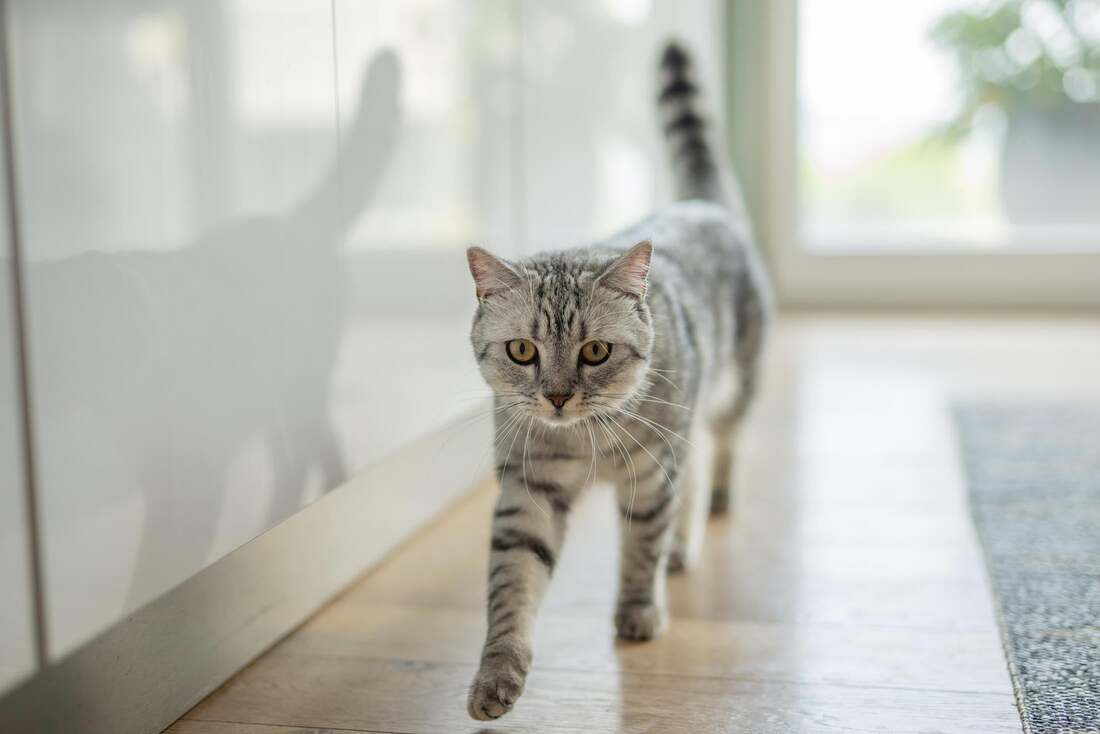
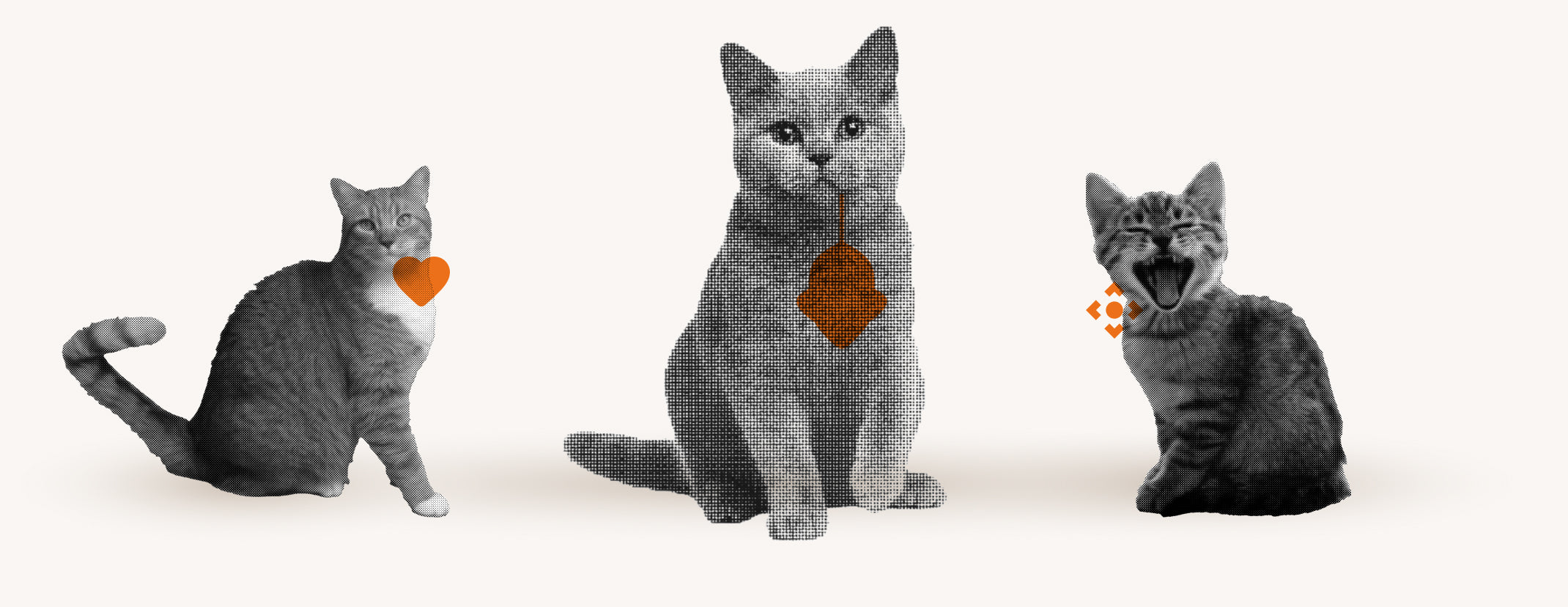
Share:
Persian cat cruel breeding and its consequences
Everything about Persian cat hair: care, health and more